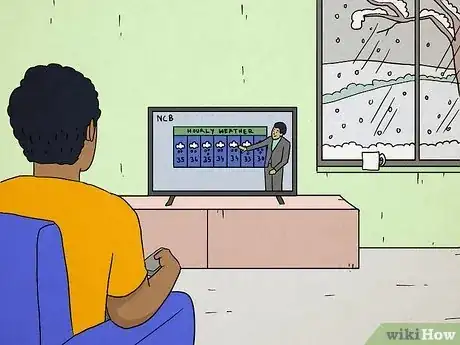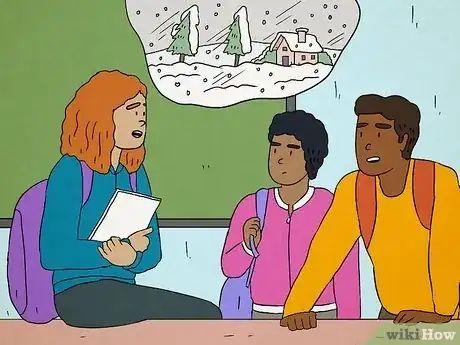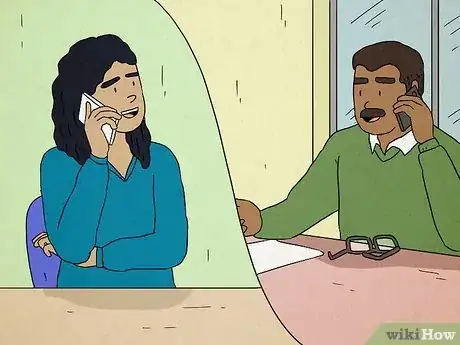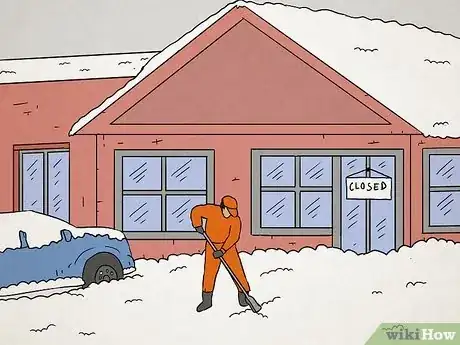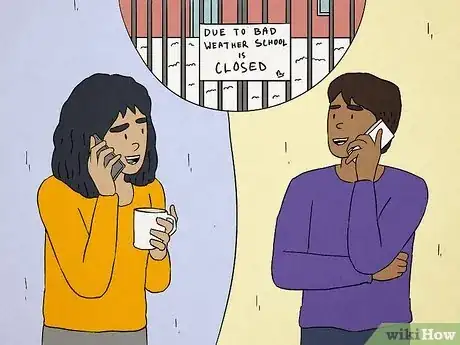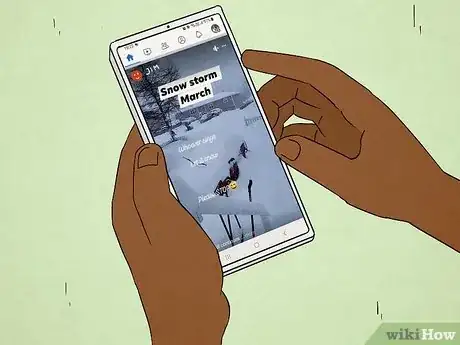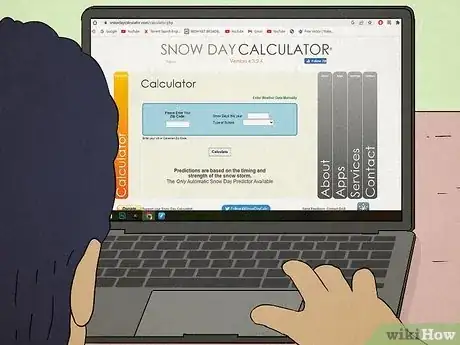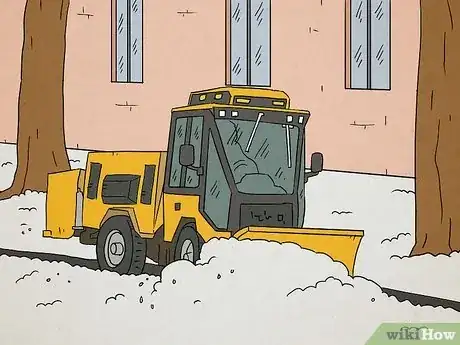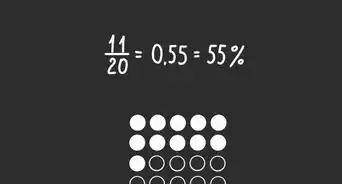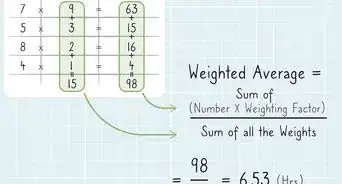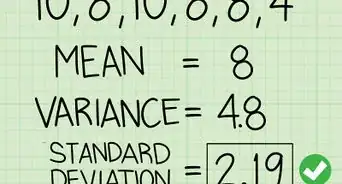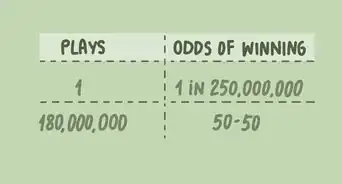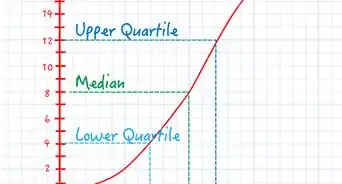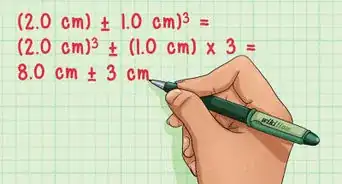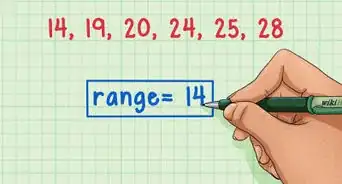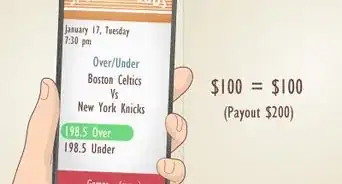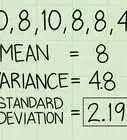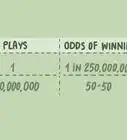wikiHow is a “wiki,” similar to Wikipedia, which means that many of our articles are co-written by multiple authors. To create this article, 79 people, some anonymous, worked to edit and improve it over time.
This article has been viewed 560,849 times.
Learn more...
Ah, snow days! Instead of taking a math test, you get to spend all day watching TV in your pajamas -- or playing in the snow with your friends! Everyone loves a snow day now and then, but how do you know if the murky gray sky above you is going to unleash a foot of snow -- or be nothing more than a disappointment? Well, though there's no way to be 100% sure if your school will have a snow day,[1] there are many things you can do to increase your chances of figuring it out. If you want to know how to predict a snow day, see Step 1 to get started.
Steps
-
1Check out the hourly forecast. Though you may think that you'll have a snow day for sure because it's snowing the evening before school, you've got to take the hourly forecast into account. If it says that it's going to stop snowing by 2 or 3 am, or even a bit later, then the snow plows may be able to remove the snow in time for the school buses to run. For the highest chances of a snow day, you want to see the heaviest snowfall between 5-7am.[2]
- However, it also doesn't hurt if the forecast says it'll start to snow heavily during school hours, because your school administrators will not want to deal with the mess of trying to get everyone safely home in the middle of a snowstorm.
- Sometimes, you may also get an early dismissal, which is better than nothing.
- You should also look for changes in the forecast. If it drastically changes and it looks like you'll be getting more snow than expected, then you're in a good place!
- Consider how many inches of snow you will get. If it will be snowing all day but there will only be 1–2 inches (2.5–5.1 cm) of precipitation, then you may still have to go to school.
- Check if a winter weather advisory is in effect during school hours. Winter weather advisories are issued by the government when dangerous weather is expected. If the government considers the upcoming weather to be dangerous, chances are your school will too.
- Consider the possibility of ice. If rain is expected alongside freezing temperatures, you are likely to get some ice. This is good news because if the ice freezes onto the roads, transportation may not be as safe and therefore school is more likely to get cancelled.
-
2See how much hype surrounds the storm. Though this isn't as important as figuring out how much snow is expected to fall, if a storm has hype about it -- which means that you hear not only students, but also teachers or even administrators, talking about it -- then it's more likely that you will have a snow day. This is because, if it's very big news, administrators are more likely to see that the snow is a threat. Remember, the administrators don't want to let down the people who expect snow days, or to put them in dangerous situations.Advertisement
-
3If you or your parents know an administrator in the school system, give them a call. If your mom happens to be best friends with the school administrator/superintendent, or someone else who is high up on the school ladder, then you'll be more likely to hear about a snow day first. However, keep in mind that everyone will be hounding this person, and sometimes these decisions aren't made until early the next morning.
- Some people also believe that if the bus drivers think that there will be a snow day tomorrow, then it may be more likely that school will be cancelled.
- If your parents know some teachers at your school, or if one of your friends happens to have teachers in the school as parents, then he or she may have some insight into whether or not you'll have a snow day earlier than the general public.
- Also, some superintendents even communicate snow days over Twitter. Though you'll be called soon after the decision is made, you can have a leg up by checking out your administrator's Twitter page, if he or she has one.
-
4Check the current closures of other public facilities in your area. If there are events being cancelled or schools already closing the night before in your area, then your chances are higher. If a school administrator sees that the surrounding schools or nearby public places are being closed down, then he or she will feel more pressure to do the same. This isn't a surefire way to know what will happen, but it certainly won't hurt!
-
5See if nearby schools are also closed. If a school that is located just a few miles away is closed, your school will probably be closed too. If you have friends from other schools, you can just ask them directly. If not, you can check out the local news and the local radio. Again, this doesn't make it 100% likely that you'll have a snow day yourself, but it does raise your chances.
-
6Check your social networking sites. If you really feel clueless, check out your Facebook, Twitter, or Instagram accounts to see what people are saying about the oncoming snow. Even if you don't get an answer there, you may see that there's a lot of hype, which can increase the chances of the building storm! And if you can find a local teacher or administrator on Facebook or Twitter, they may have something to say about it.[3]
-
7Use a snow day calculator. There are several online snow day calculators that have a good success rate in predicting whether or not there will be a snow day. All they need to know is your zip code, and they will consider the weather-related factors, as well as the likelihood that someone in your district will call for a snow day.[4]
- If you are on a mobile device, you can also search the app store for "snow day" to see all the snow day prediction tools available.
- Make sure any snow day calculators you download from the app store are relevant to your country. Most of these calculators only predict closures in the USA and Canada, so they might not be an option if you live elsewhere.
-
8Consider how skilled your township is in snow removal. If you have a few inches of snow in Georgia, you may be more likely to have a snow day than you would if you lived in Maine, where the people in charge may be better prepared to deal with removing the snow, salting the roads, and maintaining order. If you have never seen a snowplow on your street, then those 2 inches (5.1 cm) of snow may really scare people off!
-
9Consider how lenient your school board is about canceling school. Some districts and schools are much more trigger happy when it comes to making the decision to cancel school. If your school board has a good track record of canceling school when there has been a threat of snow, then you may be in good luck. On the other hand, if you've had to come to school while it's snowing and then walk home through the slush again and again, then you may be less likely to have a snow day. If your school is an urban district that largely walks, then you might not have a snow day, unless the snow becomes ice or the temperature is below zero. But if your district is a rural district with many busses that needs plowed roads, then you might have a higher chance of a snow day.
-
10Go to bed prepared for school the next day just in case. This means having all your homework done and packed away as it normally would be, but it also means you must mentally expect there will be school the next day. Several snow day predictions have been wrong. You don't want to wake up to disappointment -- or panic because you haven't studied for your math test! If school is cancelled, then you are in for a surprise! It makes the fun even better. Even if it's not cancelled, you can do your research and be the first to know about the next big snowstorm to hit your town!
- And hey, if you don't end up getting a snow day, it's not the end of the world. Public schools have a certain allotment of snow days for each year, and if you get too many snow days, you may have to come to school during holidays, or even to go to school late into the summer!
Community Q&A
-
QuestionWhat in the world is a snow calculator?
 Community AnswerIt calculates how much snow you are going to get and your chances of getting a snow day!
Community AnswerIt calculates how much snow you are going to get and your chances of getting a snow day! -
QuestionHow long will it take for me to find out if buses are cancelled?
 Community AnswerIt depends on your school district, but usually snow days are called 2-3 hours before school starts. Also, check for nearby business closings, as that could increase the probability of a snow day.
Community AnswerIt depends on your school district, but usually snow days are called 2-3 hours before school starts. Also, check for nearby business closings, as that could increase the probability of a snow day. -
QuestionHow many inches of snow does there have to be?
 Community AnswerThe amount of snowfall required to declare a snow day will vary from district to district and according to which country you're in. There may also be a wind or wind chill factor taken into account. Your school district decides the amount based on the safety of your local roads, the availability of transport and the feasibility of students moving around the town or city areas to get to school. Check your school's website for more details, or as at the front office.
Community AnswerThe amount of snowfall required to declare a snow day will vary from district to district and according to which country you're in. There may also be a wind or wind chill factor taken into account. Your school district decides the amount based on the safety of your local roads, the availability of transport and the feasibility of students moving around the town or city areas to get to school. Check your school's website for more details, or as at the front office.
Warnings
- Make sure to check the news or closures that day. You don't want to miss school if it's actually open. Usually, you can check your school district's website, the local radio or television, or your superintendent's Twitter.⧼thumbs_response⧽
References
- ↑ https://www.nssl.noaa.gov/education/svrwx101/winter/forecasting/
- ↑ https://www.insidescience.org/news/how-do-daily-weather-forecasts-relate-hourly-forecasts-it-depends
- ↑ https://weather.com/safety/winter/news/2019-12-12-snowfall-forecasts-things-to-know
- ↑ https://www.wbur.org/news/2015/01/28/snow-day-calculator-mit
About This Article
To predict a snow day, check the hourly weather forecast the night before. If it's going to be snowing a lot during the time the bus usually picks you up for school, there's a good chance there will be a snow day. Also, watch the weather to see if there will be a lot of inches of snow or any ice since the more snow and ice, the more likely that school will be canceled. You can also use a snow day calculator, which will predict whether there will be a snow day based on the weather and where you live. To learn how to predict a snow day using social media, scroll down!
